Discovering your car submerged in floodwater is a distressing experience for any vehicle owner. Flood damage can lead to a host of problems, from immediate mechanical failures to long-term issues like corrosion and mold growth. However, not all flooded cars are beyond saving. With prompt action and the right approach, it’s possible to repair a flooded car and mitigate the damage.
This comprehensive guide from Car Repair Online will walk you through the essential steps on how to repair a flooded car, ensuring you address both the immediate aftermath and potential hidden issues. Whether you’re a seasoned DIYer or seeking professional help, understanding the process is crucial to restoring your vehicle and ensuring its safety and longevity.
Immediate Actions After Your Car is Flooded
The moments following a flood are critical. Quick thinking can significantly impact the reparability of your car. Here’s what you should do immediately:
1. Safety First: Assess the Situation
Before approaching your flooded vehicle, ensure the floodwaters have receded and it’s safe to access the car. Be aware of potential hazards like downed power lines or contaminated water. If the water is still rising or there are electrical risks, wait for emergency services to declare the area safe.
2. Do NOT Start the Engine
This is the most critical step. Never attempt to start a flooded car until you’ve taken precautionary measures. Floodwater entering the engine cylinders can cause hydrolock – a situation where water prevents the pistons from moving, leading to severe engine damage, bent connecting rods, or a cracked engine block. This drastically increases repair costs and can render your engine irreparable.
3. Disconnect the Car Battery
As soon as it’s safe, disconnect the negative terminal of your car battery. This will prevent further electrical damage and short circuits. Water conducts electricity, and leaving the battery connected in a flooded car can cause significant harm to the electrical system, leading to corrosion and component failure. If you anticipate flooding, disconnecting the battery beforehand is a proactive measure to protect your car’s electrical components.
4. Open Doors and Windows
If possible, open all doors, windows, and the trunk to air out the vehicle. This helps begin the drying process and reduces humidity inside, which can minimize mold growth. If power windows are still functional (before disconnecting the battery if safe), use them to open windows. Otherwise, manually open doors.
5. Document the Damage
Take photos and videos of the flood damage, both inside and outside the car. This documentation will be essential when filing an insurance claim. Record the water level, the extent of water intrusion into the cabin, and any visible damage to the interior and exterior.
Step-by-Step Guide to Repairing Your Flooded Car
Once the immediate actions are taken, you can proceed with the repair process. The extent of repair needed depends heavily on the water level and duration of submersion.
1. Assess the Water Level and Damage Severity
The “high-water mark” inside your car will indicate the depth of flooding.
- Low Water Level (Below Floorboards): If water reached only the floorboards, the damage might be less severe, primarily affecting carpets and lower interior components.
- Medium Water Level (Up to Dash): Water reaching the dashboard level indicates potential damage to electrical components in the lower dash, seating, and potentially some engine components if submerged long enough.
- High Water Level (Over Dash/Hood): Submersion above the dashboard or hood suggests extensive damage. Engine, transmission, and all electrical systems are likely affected. This scenario often leads to a total loss declaration by insurance companies due to the complexity and cost of repairs.
2. Remove Water from the Car
Use a wet/dry shop vacuum, submersible pump, or even buckets to remove standing water from the interior. Focus on the floorboards, seats, and any areas where water has pooled. For areas with carpets, thoroughly extract as much water as possible. Consider removing seats and carpets for better access and drying.
3. Dry the Interior Thoroughly
Mold and mildew are significant concerns in flooded cars. Prompt and thorough drying is crucial.
- Remove Carpets and Upholstery: Take out carpets, floor mats, seat covers, and any removable upholstery. Clean and dry them separately in the sun if possible. If heavily contaminated, replacement might be necessary.
- Use Fans and Dehumidifiers: Place high-powered fans inside the car to circulate air. Use dehumidifiers to draw moisture out of the interior. Direct fans towards areas that tend to trap moisture, like under the dashboard and seats.
- Consider Professional Drying Services: For heavily flooded vehicles, professional car drying services can use specialized equipment to ensure complete moisture removal, reducing the risk of mold and corrosion.
4. Inspect and Change Fluids
Floodwater contamination of vehicle fluids is a major concern.
- Engine Oil: Drain and replace the engine oil and oil filter immediately. Water in the oil can cause severe engine damage. Inspect the drained oil for a milky or frothy appearance, indicating water contamination. Multiple oil changes might be needed to ensure all water is removed.
- Transmission Fluid: Check and likely change the transmission fluid and filter. Water contamination can severely damage automatic transmissions.
- Coolant: Inspect the coolant reservoir for signs of contamination and consider flushing and replacing the coolant.
- Brake Fluid & Power Steering Fluid: Although these systems are generally sealed, check the reservoirs for discoloration or signs of water ingress. If contamination is suspected, flush and replace these fluids.
- Fuel: Siphon a sample of fuel from the fuel tank and check for water. Water is heavier than gasoline and will settle at the bottom. If water is present, the fuel tank needs to be drained, cleaned, and refilled with fresh fuel.
5. Address Potential Engine Hydrolock
If there’s a chance water entered the engine (high water level or if you attempted to start the car), take these steps:
- Remove Spark Plugs: Remove all spark plugs from the engine.
- Crank the Engine Manually: Using a wrench on the crankshaft pulley (or by briefly engaging the starter with spark plugs removed and ignition/fuel disabled), crank the engine to expel any water from the cylinders through the spark plug holes.
- Inspect Intake System: Check the air intake system for water and debris. Clean or replace the air filter and intake ducting as needed.
6. Inspect and Clean Brakes
Floodwater can contaminate brake components and cause corrosion.
- Check Brake Pads and Rotors/Shoes and Drums: Inspect brake pads, rotors (or shoes and drums) for rust and debris. Brake friction materials can be compromised by prolonged submersion.
- Brake Fluid Flush: Perform a complete brake fluid flush and bleed to remove any water that may have entered the brake lines.
7. Electrical System Inspection and Repair
Electrical damage is one of the most complex aspects of flooded car repair.
- Check Fuses and Relays: Inspect the fuse box and relay box for water damage. Replace any blown fuses or corroded relays.
- Inspect Wiring Harnesses and Connectors: Water can cause corrosion in wiring harnesses and connectors. Clean and dry all accessible connectors. Use electrical contact cleaner to remove corrosion. Apply dielectric grease to connectors to prevent future corrosion.
- Test Electrical Components Systematically: Turn on electrical systems one by one (lights, wipers, power windows, radio, etc.) and check for proper function. Pay attention to any flickering lights, unusual noises, or malfunctions.
- Vulnerable Components: Pay special attention to components often located low in the car, like the ECU (Engine Control Unit), BCM (Body Control Module), ABS module, and airbag control module. These may need to be removed, cleaned, dried, or replaced.
- Alternator and Starter: These components are also vulnerable to water damage and may need inspection and potential replacement.
8. Interior Cleaning and Mold Prevention
Even after drying, mold can still develop.
- Disinfect Interior Surfaces: Use a mold and mildew-killing cleaner to thoroughly clean all interior surfaces, including seats, dashboard, door panels, and ventilation ducts.
- Shampoo Upholstery and Carpets: Professionally clean or shampoo carpets and upholstery to remove dirt, contaminants, and mold spores.
- Air Out and Dehumidify: Continue to air out the car and use dehumidifiers for several days to ensure complete dryness and prevent mold regrowth.
- Odor Removal: Use odor absorbers or professional detailing services to eliminate any lingering musty smells.
9. Check Wheel Bearings, CV Joints, and Driveline
Submerged driveline components can suffer from water intrusion and grease contamination.
- Wheel Bearings: Remove spindle caps and inspect for water. Clean, repack with grease, or replace bearings if contaminated.
- CV Joints: Check CV axle joints for water intrusion by loosening a clamp. Clean, regrease, or replace if necessary.
- U-Joints (if applicable): Grease U-joints and inspect for water contamination. Clean and regrease or replace if needed.
- Parking Brake Cable: Lubricate the parking brake cable to prevent rust and seizing, especially if flooded with salt water.
10. Replace Filters and Consumables
Replace all filters and consumable items that may have been contaminated:
- Air Filter
- Cabin Air Filter
- Fuel Filter
- Oil Filter
- Transmission Filter
Likelihood of Repair for Common Flooded Car Components
Here’s a breakdown of the likelihood of repair for various car components after flooding, as mentioned in the original article, offering a quick reference:
| Component | Likelihood to Repair | Repair Recommendation | Image Reference |
|---|---|---|---|
| Oil Filter | High | Change oil and filter, inspect for water contamination, clean oil pan/pump/pickup if needed. | |
| Transmission Filter | High | Full fluid and filter change recommended. | |
| Wheel Bearings | High | Check for water, clean, inspect for rust, repack/replace bearings. | |
| Fuel Filter | High | Replace fuel filter. | |
| Spark Plugs | High | Inspect for water in oil, remove spark plugs to expel water from cylinders, replace plugs. | |
| Brake Master Cylinder | Medium | Check for water, remove contaminated fluid, refill, and fully bleed brake system. | |
| Clutch Master Cylinder | Medium | Check for water, remove contaminated fluid, refill, and bleed clutch system. | |
| Power Steering Pump | Medium | Check for water, remove contaminated fluid, flush and refill system. | |
| Fuel Tank | Medium | Remove contaminated fuel, flush fuel lines. | |
| Fuel Pump | Medium | Remove contaminated fuel, inspect pump for damage. | |
| Fuel Pump Strainer | Medium | Replace fuel pump strainer if fuel contaminated. | |
| Brake Pads | Low | Friction materials may be damaged; monitor for symptoms and respond accordingly. | |
| Brake Shoes | Low | Friction materials may be damaged; monitor for symptoms and respond accordingly. | |
| Clutch Disc | Low | Friction materials may be damaged; monitor for symptoms and respond accordingly. | |
| CV Axle | Low | Check for water, clean, inspect for rust, repack with grease or replace. | |
| Parking Brake Cable | Low | Lubricate cable to displace water and prevent rust; long-term replacement likely. | |
| Electrical Bulb Grease | Low | Disconnect and dry electrical connections, apply bulb grease to connectors. | |
| U-Joints | Low | Grease U-joints, check for water, clean, inspect for rust, repack with grease or replace. |
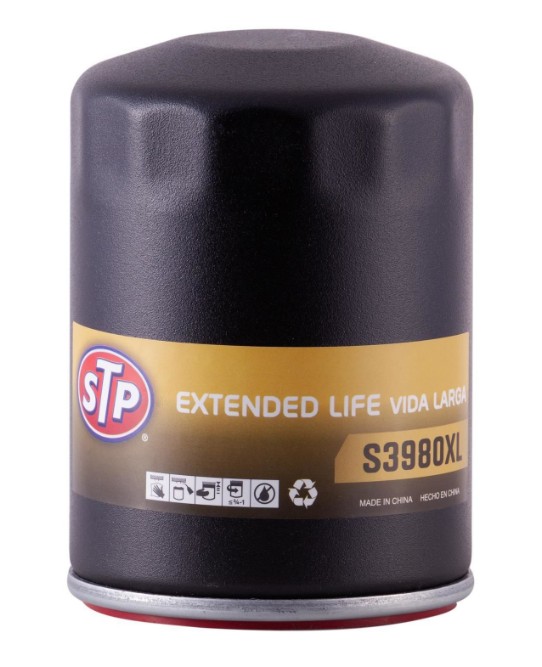
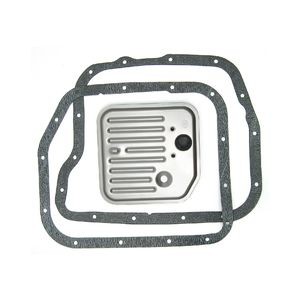
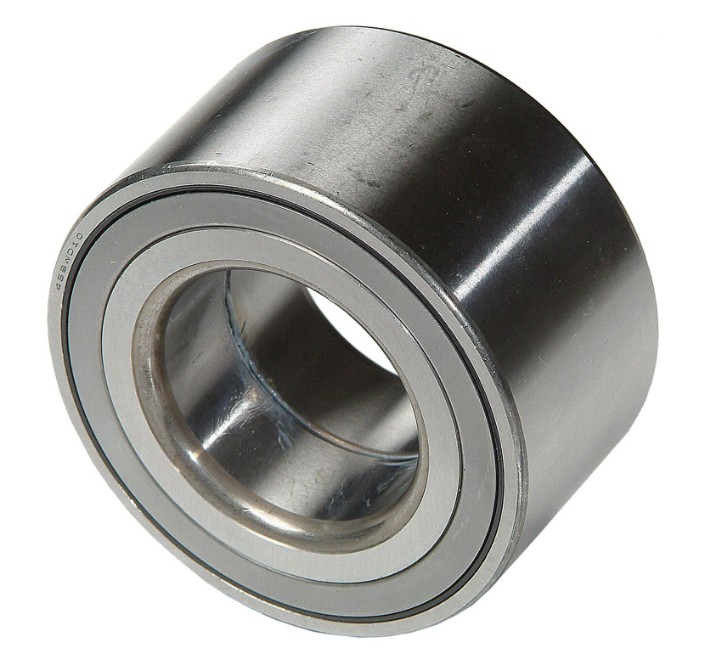
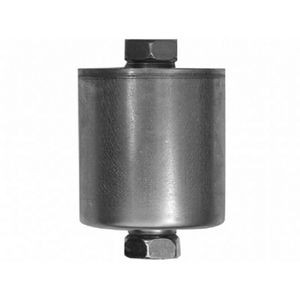
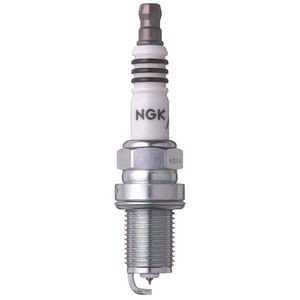
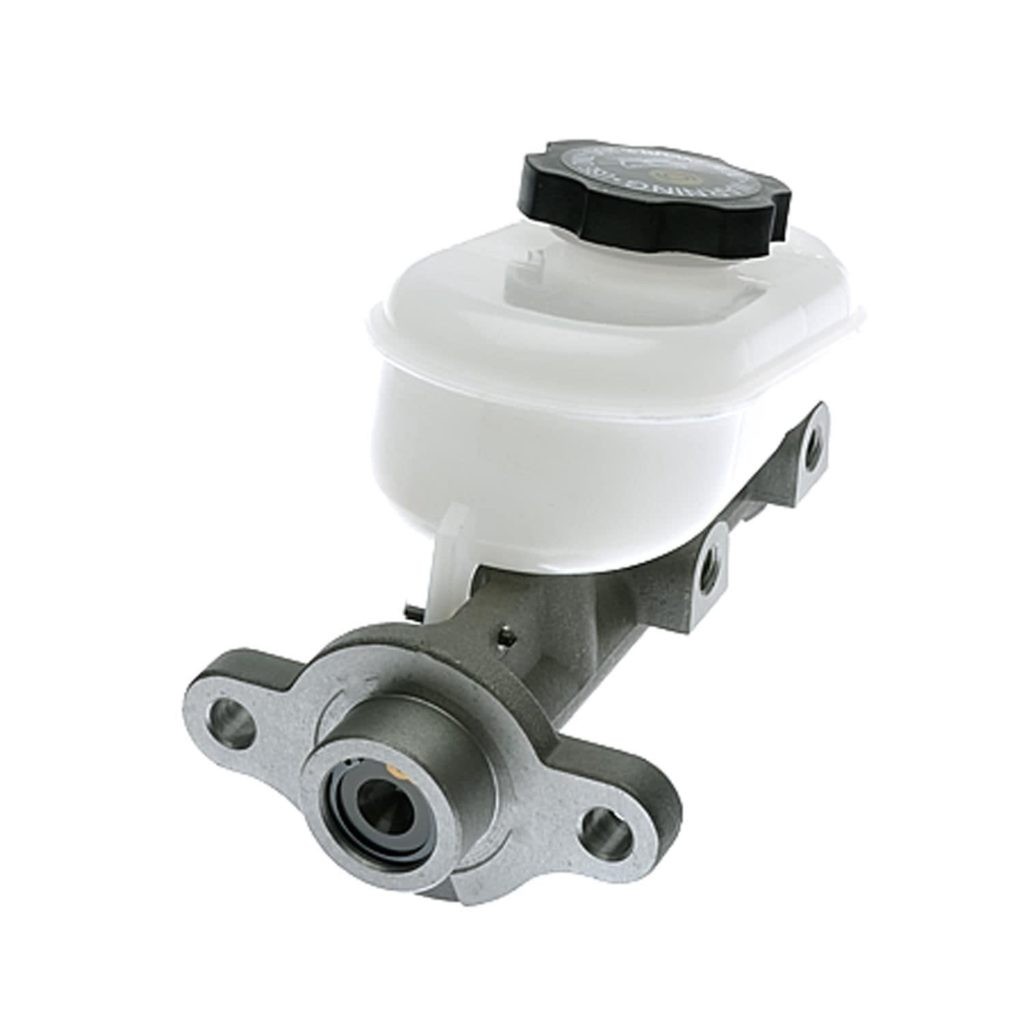
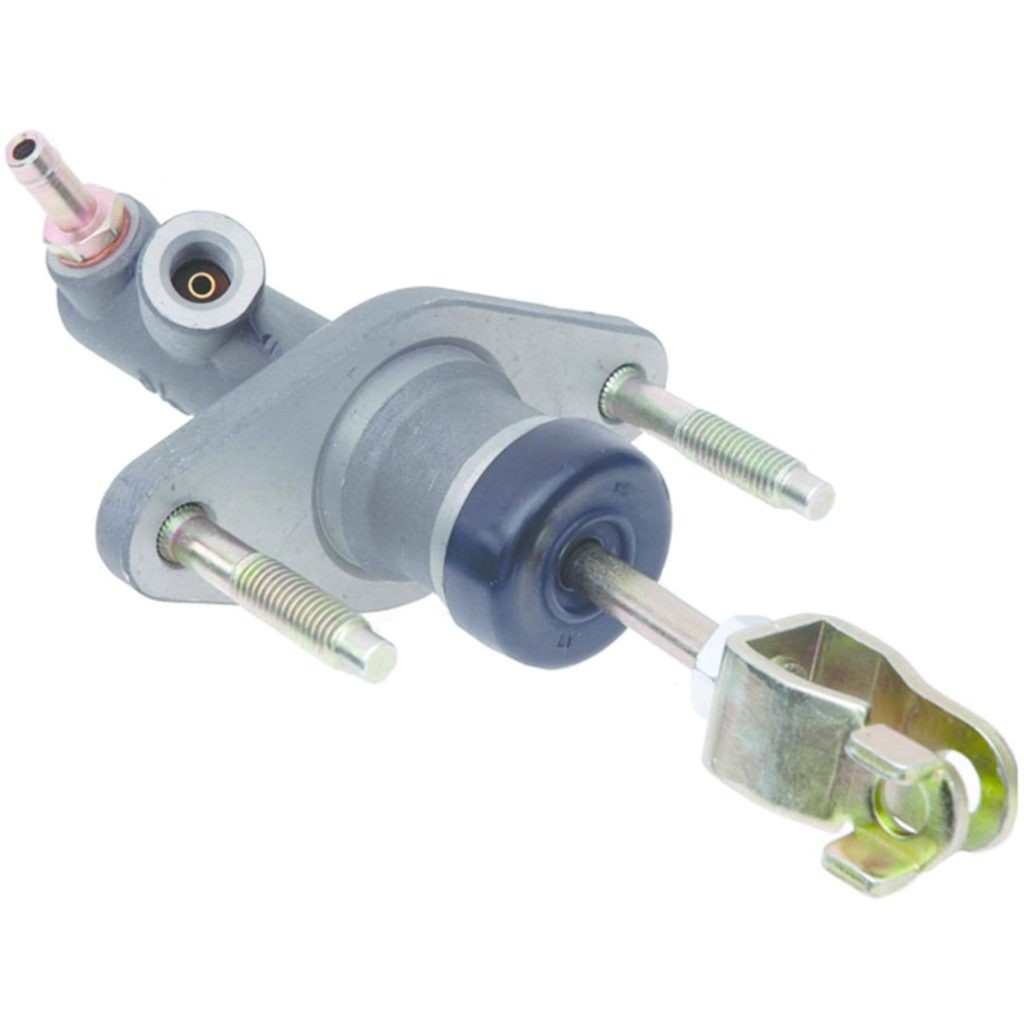
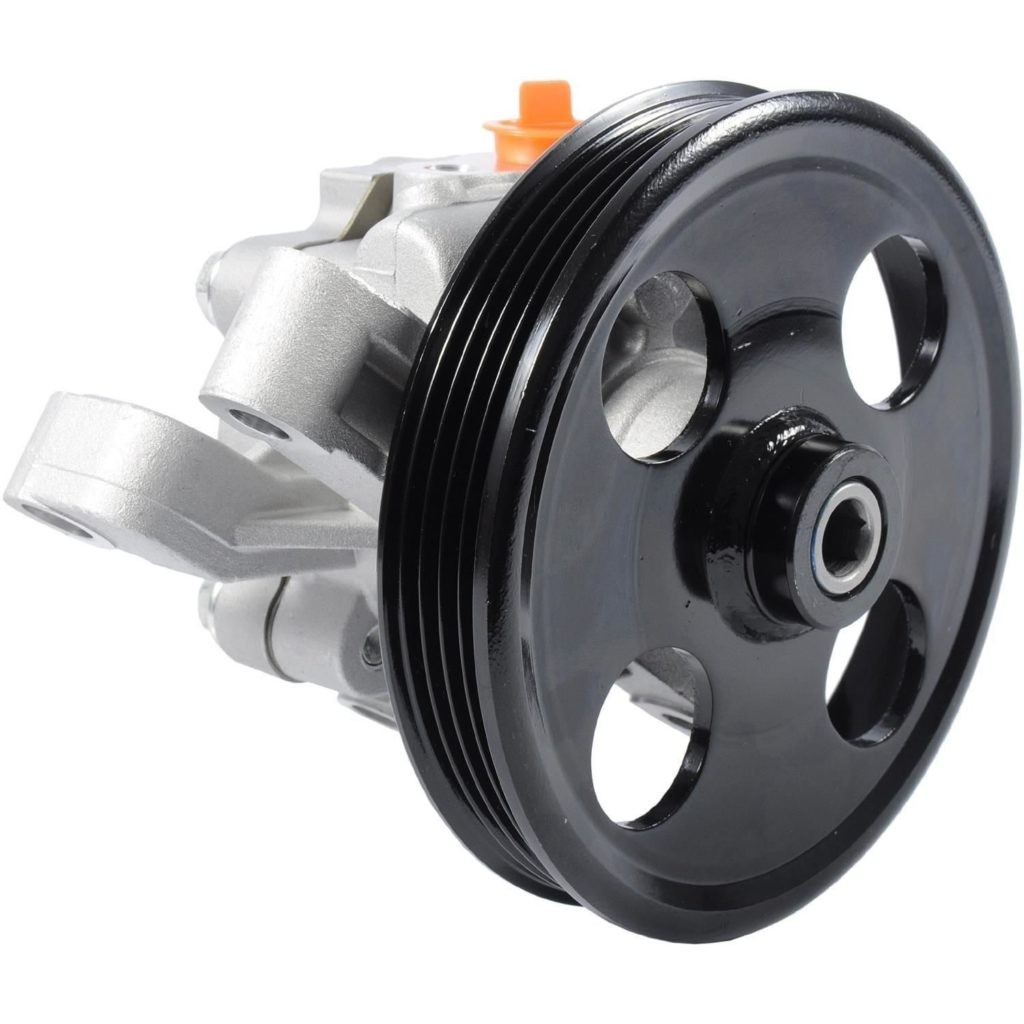
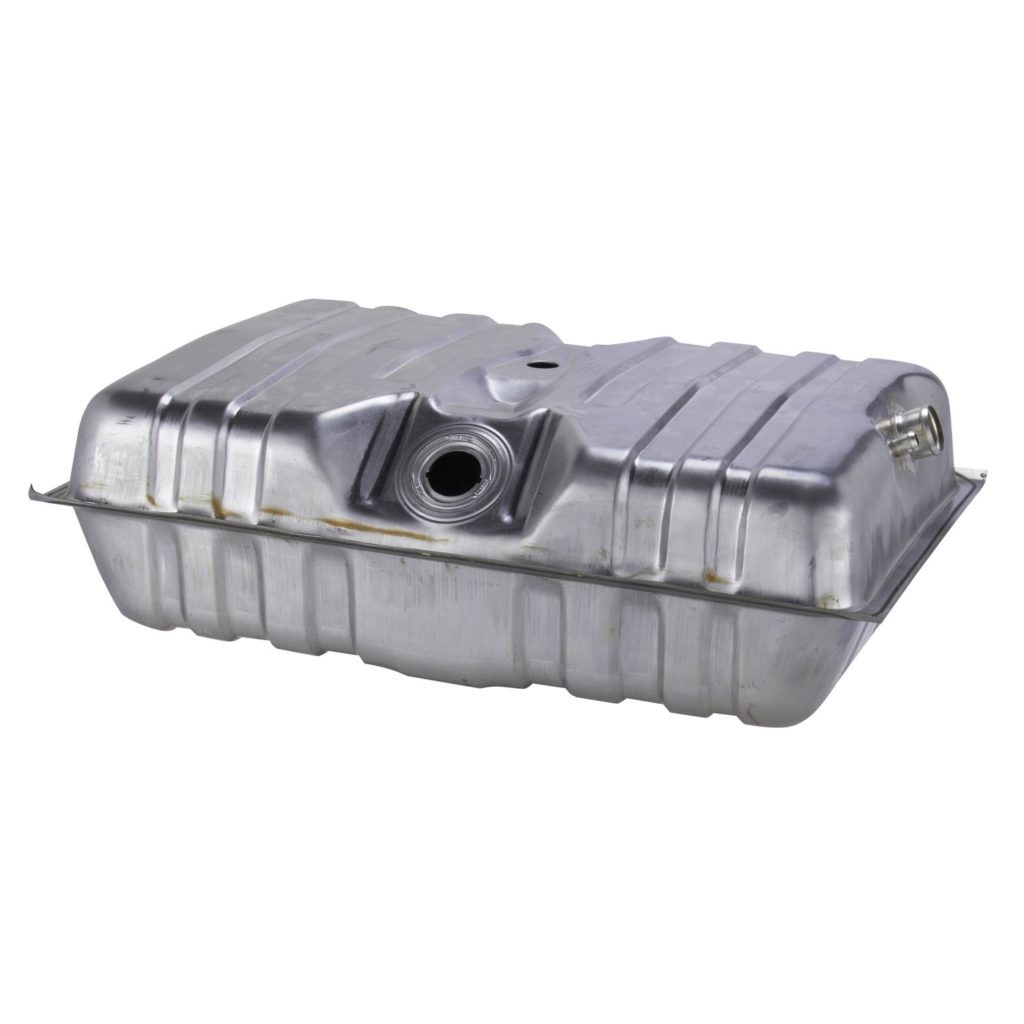
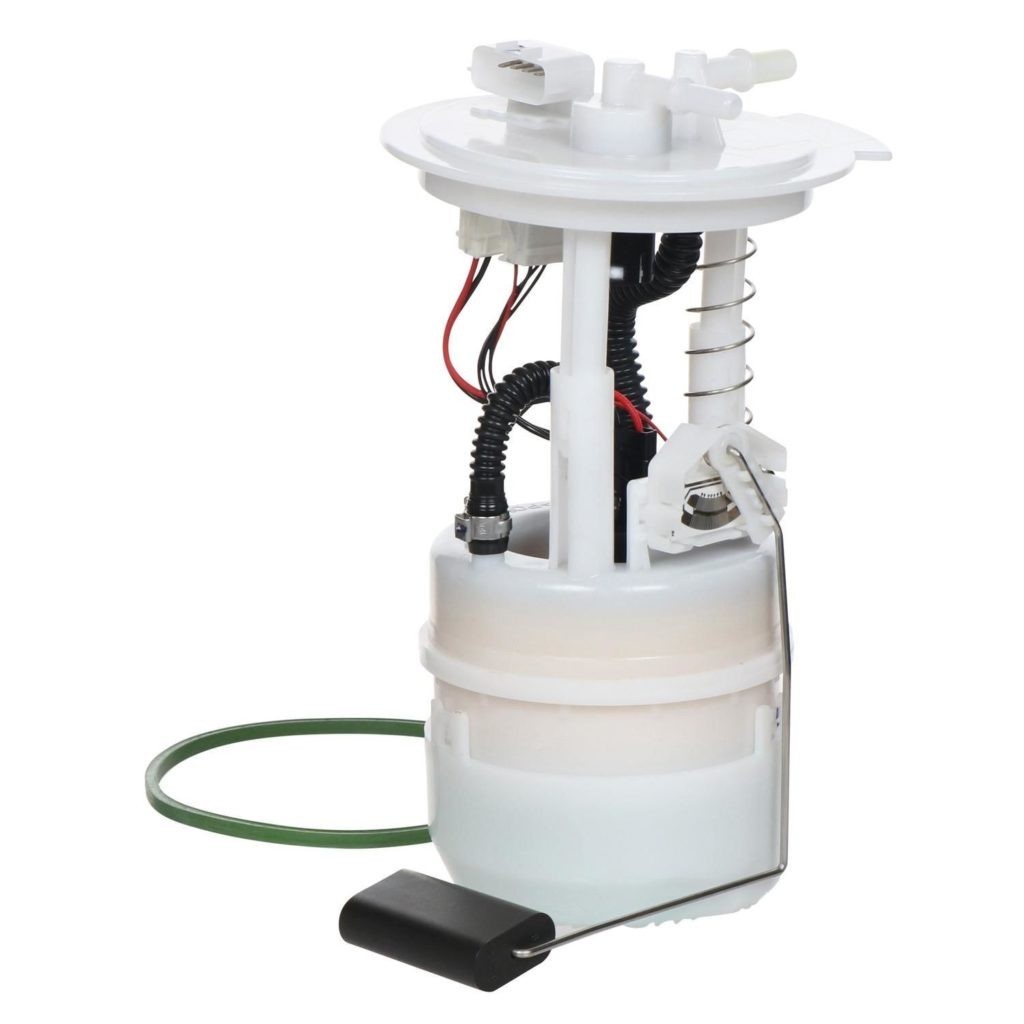










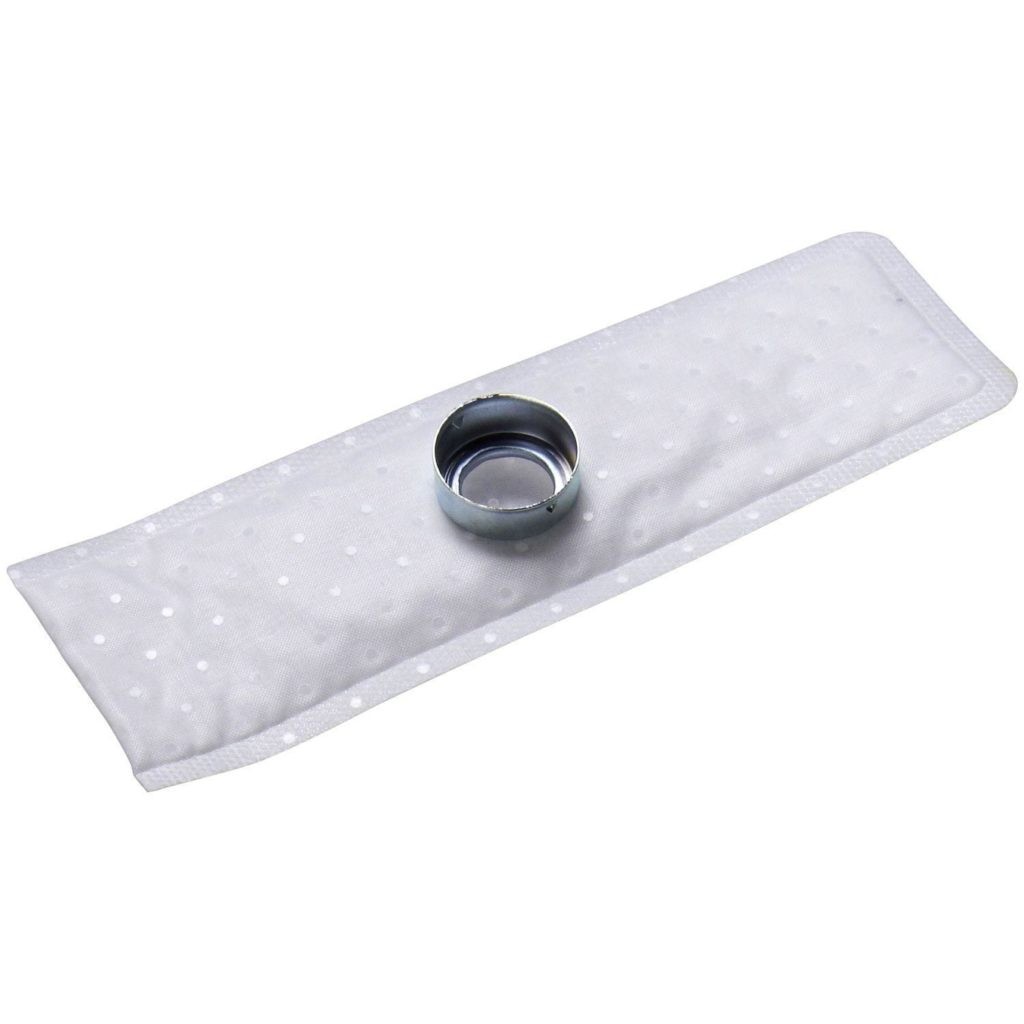
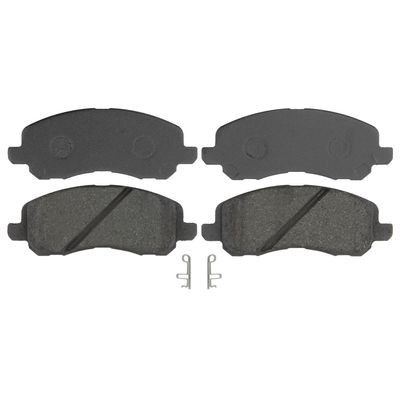
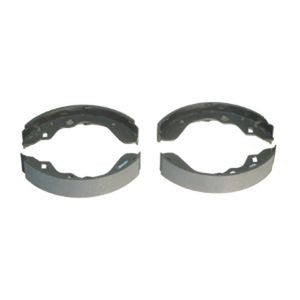
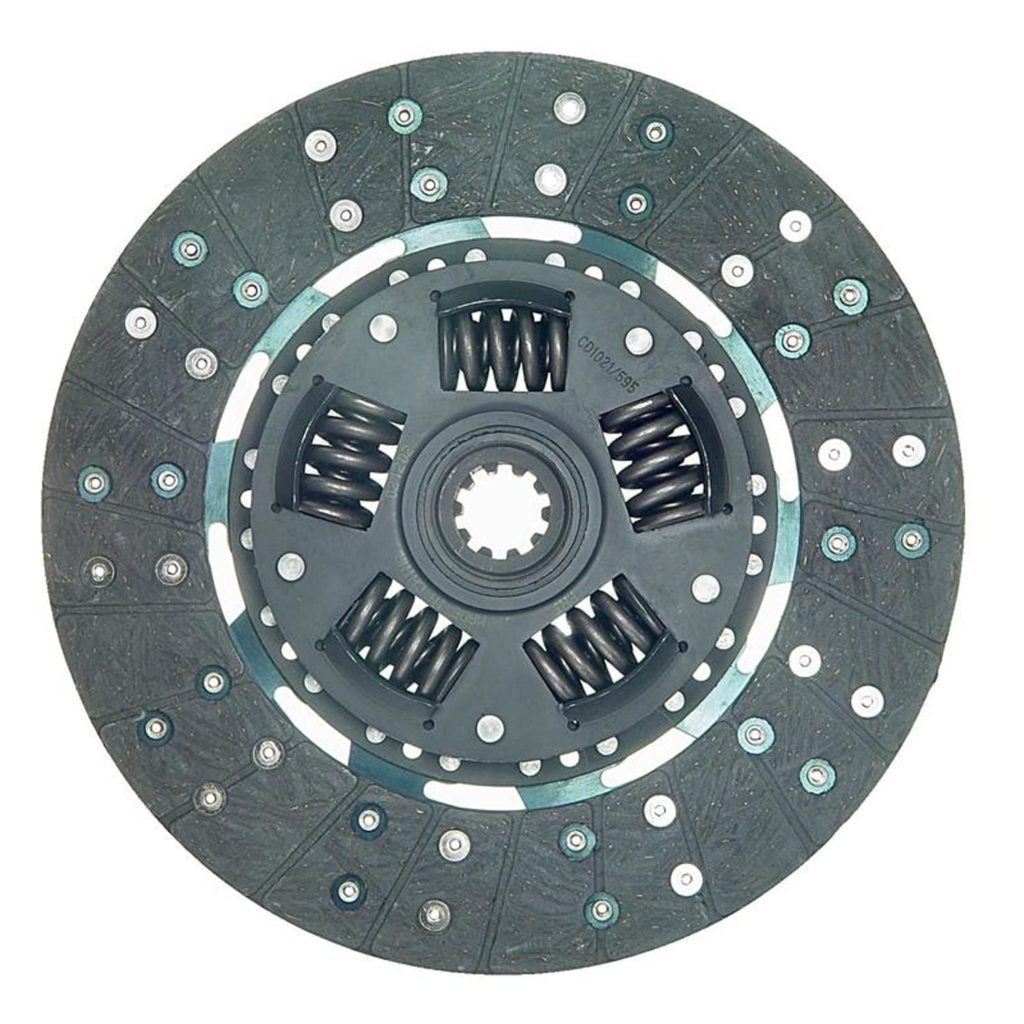
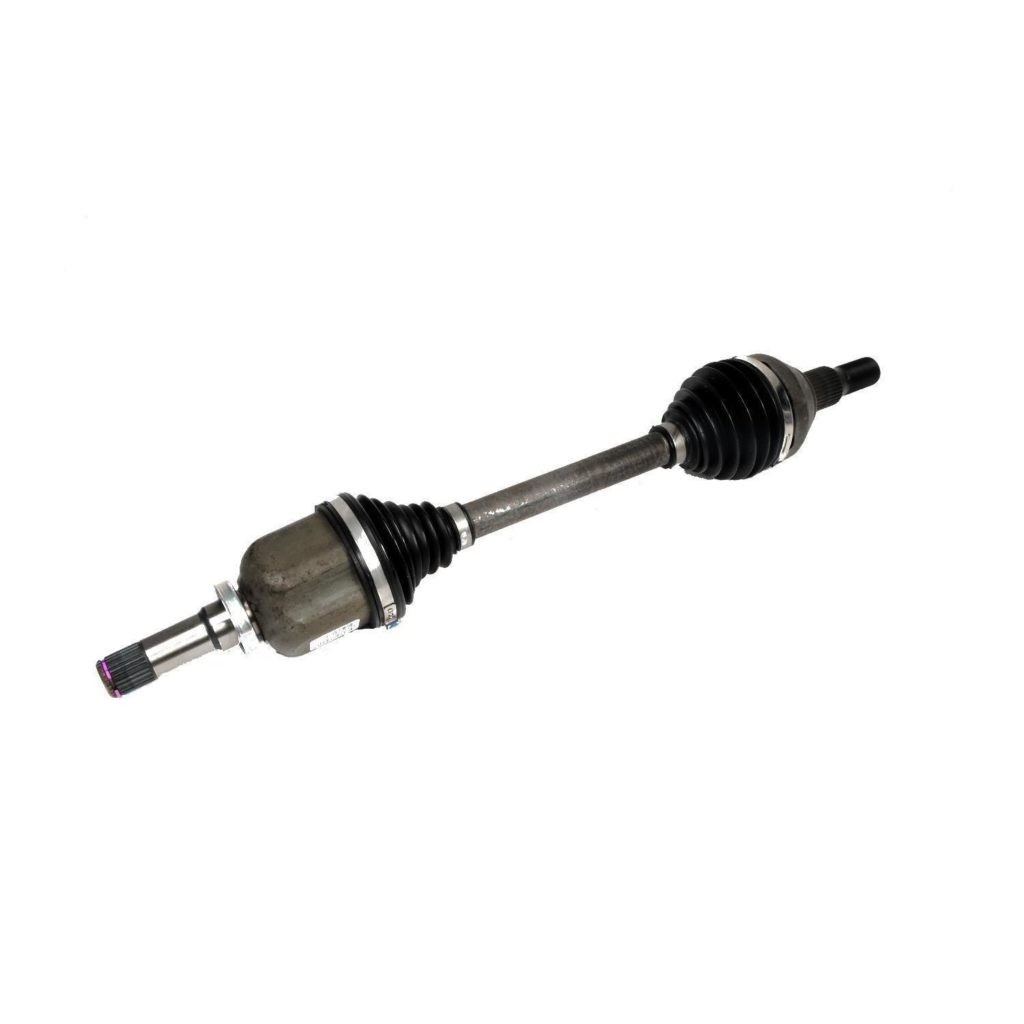
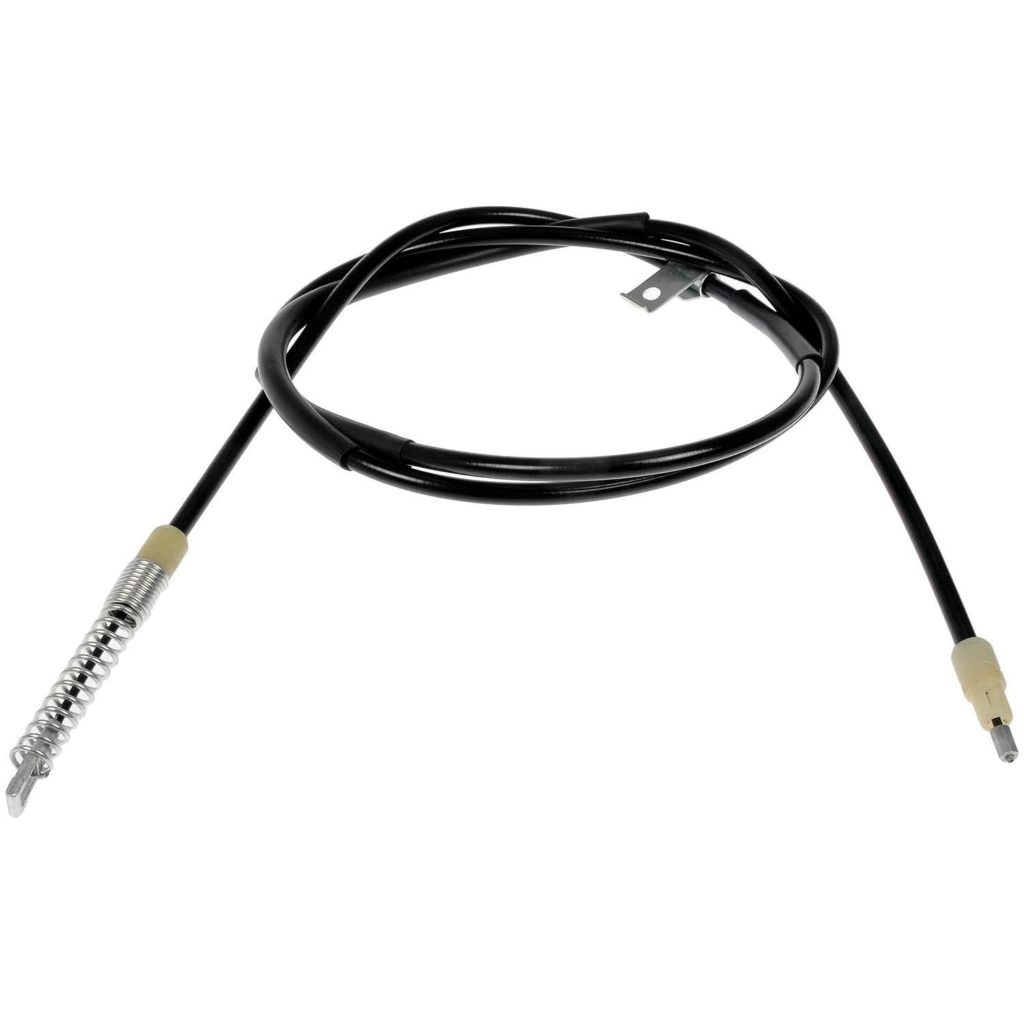
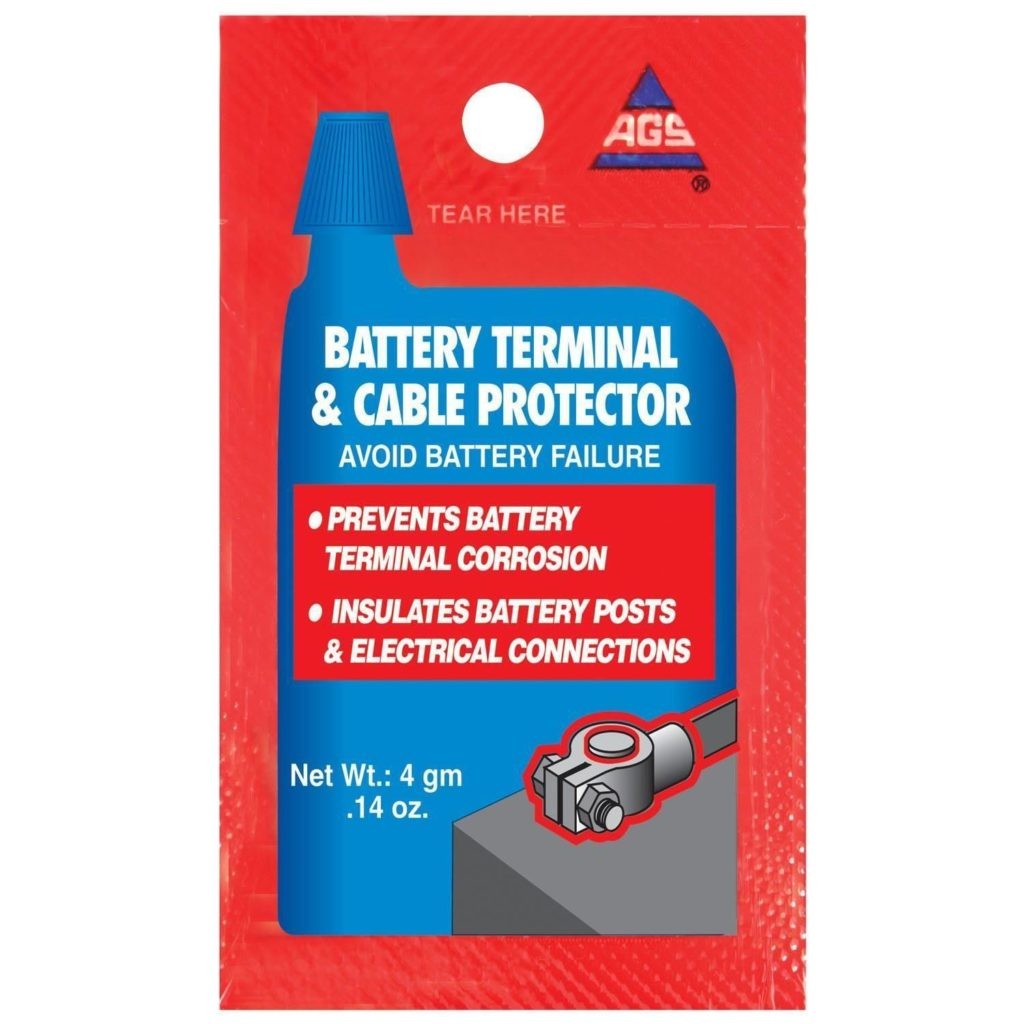
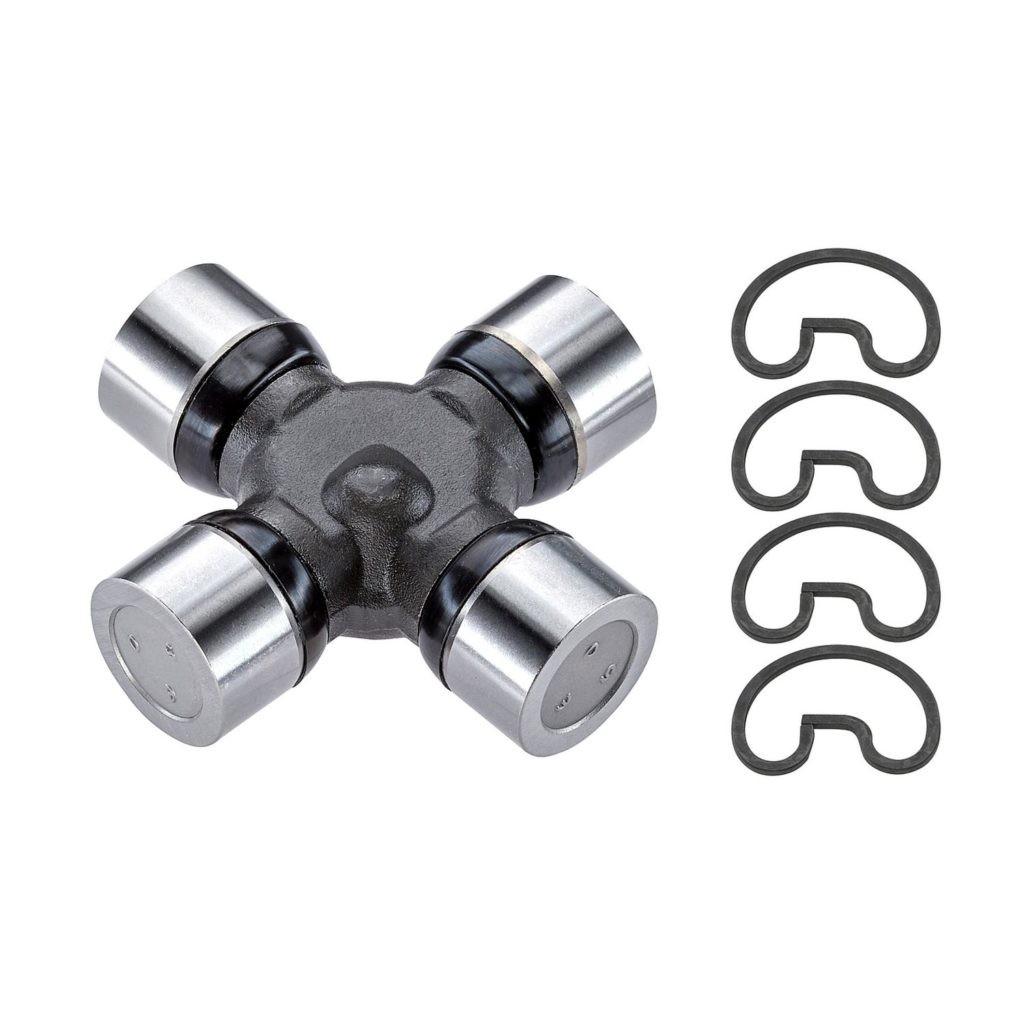
DIY Repair vs. Professional Service
For minor flooding confined to the floorboards, a determined DIYer might successfully clean and repair the vehicle, especially if they possess some mechanical knowledge and tools. This primarily involves thorough interior cleaning and fluid changes.
However, for vehicles with water reaching the dashboard or higher, professional repair is strongly recommended. The complexity of electrical system repairs, potential engine and transmission damage, and safety system concerns (like airbags) require specialized expertise and equipment.
When to Seek Professional Help:
- Extensive Flooding: Water reached dashboard level or higher.
- Electrical System Issues: Malfunctioning lights, windows, or other electrical components after drying.
- Engine or Transmission Concerns: Suspicion of hydrolock or fluid contamination in these systems.
- Safety System Concerns: Airbag light is illuminated or you suspect safety system damage.
- Uncertainty: If you are uncomfortable or lack the expertise to perform any of the repair steps, consult a certified mechanic.
If you are unsure about the extent of damage or the repair process, seek out reputable auto repair shops or consult your insurance provider for guidance. For finding trusted local shops, you can also use resources like the AutoZone Find a Repair Shop directory.
FAQs About Flooded Car Repair
1. Is it worth repairing a flooded car?
The worthiness of repair depends on the extent of damage, the car’s value, and repair costs. Minor flooding might be repairable economically. Severe flooding often leads to a total loss declaration. Get a professional assessment to determine repair feasibility and costs before making a decision.
2. Can I drive my car after it’s been flooded?
No, do not drive a flooded car until it has been thoroughly inspected and repaired, especially if water reached above the floorboards or if you suspect engine or electrical damage. Driving a damaged car can be unsafe and cause further damage.
3. How much does it cost to repair a flooded car?
Repair costs vary widely based on the severity of flooding. Minor cleaning and fluid changes might cost a few hundred dollars. Extensive electrical or engine repairs can range from thousands to tens of thousands of dollars, potentially exceeding the car’s value.
4. Will car insurance cover flood damage?
Comprehensive car insurance policies typically cover flood damage. Contact your insurance provider immediately to report the flood and understand your coverage.
5. How can I prevent future flood damage to my car?
- Monitor Weather Forecasts: Stay informed about flood warnings in your area.
- Move Your Car to Higher Ground: If flooding is anticipated, move your car to higher elevation, away from flood-prone areas.
- Consider Flood Insurance: Ensure your car insurance policy includes comprehensive coverage for flood damage.
Repairing a flooded car is a significant undertaking, but with the right knowledge and approach, it’s often possible to restore your vehicle. Remember to prioritize safety, act quickly, and seek professional help when needed to ensure a successful and safe repair.

